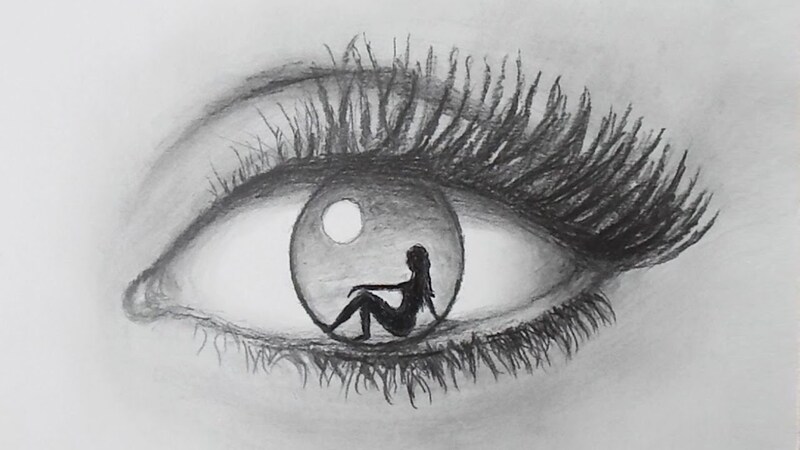Sketching is an essential skill for any artist, whether you’re a beginner or a seasoned professional. It serves as the foundation for more complex artwork and helps you capture ideas quickly. This guide will provide you with a thorough understanding of sketching techniques, tools, and tips to enhance your drawing skills.
Understanding the Basics of Sketching
Sketching is a versatile art form that involves creating quick, rough drawings to capture ideas, scenes, or objects. It often serves as a preliminary step in the artistic process, allowing artists to experiment with composition, proportions, and perspectives.
Key Elements of Sketching:
- Lines and Shapes: Start with basic lines and shapes to build the structure of your sketch. This approach helps in defining proportions and layout.
- Light and Shadow: Incorporate light and shadow to add depth and dimension. Observe how light interacts with objects to create realistic effects.
- Textures: Use various strokes and techniques to replicate textures. Different textures can convey different materials, such as rough surfaces or smooth finishes.
Understanding these fundamentals will set the stage for more detailed and refined drawings. Practice regularly to improve your ability to capture your subject matter accurately and expressively.
Essential Sketching Tools and Materials
Having the right tools can significantly impact your sketching experience. Here’s a list of essential materials you’ll need:
- Pencils: Use a range of pencils, from hard (H) to soft (B), for different types of lines and shading. Hard pencils are great for fine lines, while soft pencils are better for shading and blending.
- Erasers: A good eraser helps you correct mistakes and refine your drawing. Consider using both a regular eraser and a kneaded eraser for different tasks.
- Paper: Choose sketching paper with a suitable texture for your style. Heavier paper can handle more layers of graphite, while lighter paper is good for quick sketches.
- Blending Tools: Blending stumps or tortillons are useful for smoothing out pencil strokes and creating subtle shading transitions.
Selecting the right tools and materials will enhance your sketching process and allow you to achieve the desired results more effectively.
Techniques for Effective Sketching
To create compelling sketches, mastering various techniques is crucial. Here are some key methods to enhance your sketching skills:
- Gesture Drawing: Practice quick, expressive sketches that capture the essence and movement of your subject. Gesture drawing helps improve your ability to depict dynamic poses and fluid motions.
- Contour Drawing: Focus on outlining the edges and shapes of your subject without looking at your paper. This technique enhances your observational skills and helps you capture accurate forms.
- Hatching and Cross-Hatching: Use parallel lines and overlapping lines to create shading and texture. Hatching involves drawing lines in one direction, while cross-hatching adds lines in different directions for a more complex shading effect.
Incorporating these techniques into your practice will help you develop a more versatile and expressive sketching style. Experiment with different methods to find what works best for you.
Building Strong Compositions
A well-composed sketch is visually appealing and effectively communicates your artistic vision. Here are some tips for building strong compositions:
- Rule of Thirds: Divide your sketch into nine equal parts using two horizontal and two vertical lines. Place key elements along these lines or at their intersections to create a balanced composition.
- Leading Lines: Use lines within your sketch to guide the viewer’s eye toward focal points. Leading lines can help emphasize important parts of your drawing and create a sense of depth.
- Balance and Harmony: Distribute visual weight evenly across your sketch. Avoid placing too much detail or focus in one area, which can lead to an unbalanced composition.
Effective composition techniques will help you create sketches that are engaging and aesthetically pleasing. Practice these principles to enhance the overall impact of your artwork.
Developing Your Sketching Style
As you gain experience, you’ll develop your unique sketching style. Embrace these strategies to cultivate and refine your artistic voice:
- Experiment with Techniques: Try different sketching techniques and materials to discover what resonates with you. Experimenting can lead to new styles and creative approaches.
- Study Other Artists: Analyze the work of other artists to understand their styles and methods. Take inspiration from their techniques and incorporate elements that appeal to you.
- Practice Regularly: Consistent practice is key to developing your style. Set aside time each day or week to sketch and explore new ideas.
Finding and developing your style takes time and dedication. Be patient and persistent as you refine your artistic voice and skills.
Overcoming Common Sketching Challenges
Artists often face challenges when sketching, but understanding how to address these issues can improve your work:
- Proportional Errors: Use guidelines and reference points to ensure accurate proportions. Regularly measure and compare different parts of your sketch to correct discrepancies.
- Lack of Confidence: Practice sketching regularly to build confidence. Don’t be afraid to make mistakes; they are part of the learning process.
- Inconsistent Shading: Use a range of pencils and blending tools to achieve consistent shading. Gradually build up layers of graphite to create smooth transitions and avoid harsh lines.
By addressing these challenges, you’ll enhance your sketching skills and produce more refined and confident drawings.
Conclusion
Sketching is a fundamental skill that provides a strong foundation for various artistic endeavors. By understanding the basics, using the right tools, and practicing essential techniques, you can improve your sketching abilities and create compelling artwork. Embrace experimentation and persistence as you develop your style and overcome challenges. With dedication, you’ll master the art of sketching and enhance your overall artistic practice.
This comprehensive guide should help you get started with sketching and provide valuable insights into improving your skills. Keep practicing, stay inspired, and enjoy the creative journey of sketching.
